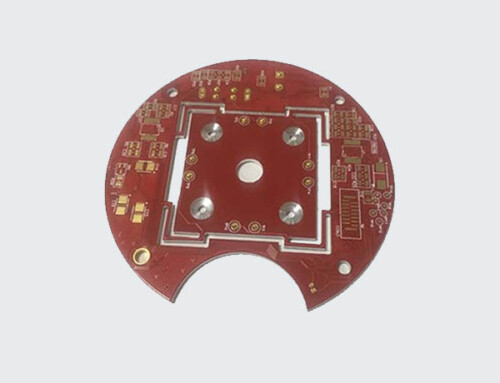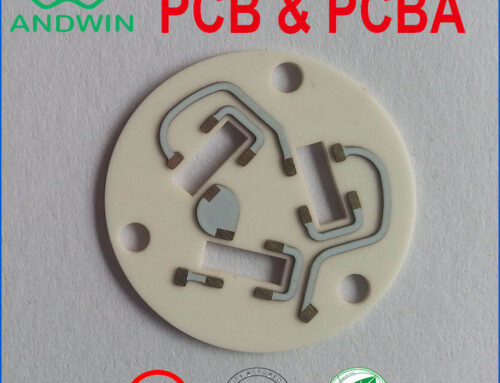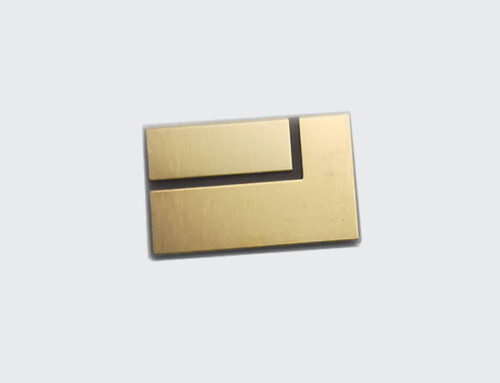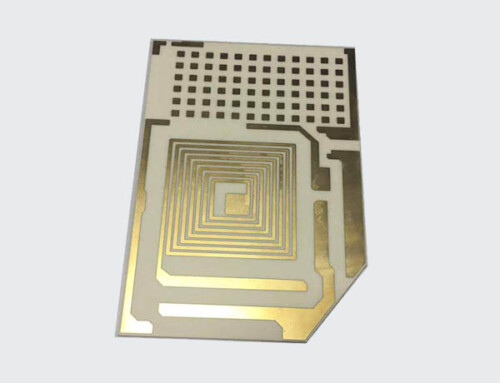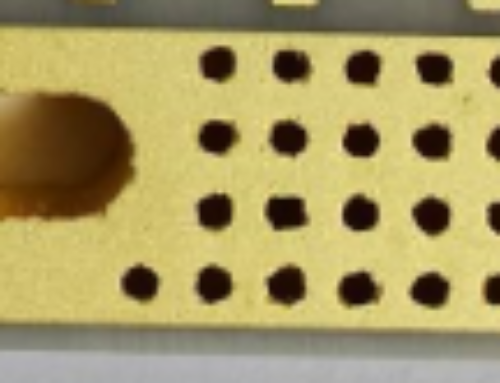Semi Rigid Flex PCB
A semi rigid flex PCB is a type of printed circuit board that combines the flexibility of a flex circuit with the rigidity of a traditional PCB. This type of board is ideal for applications where both flexibility and rigidity are required, such as in aerospace, medical, and military industries.
Semi rigid flex PCBs are made up of multiple layers of flexible and rigid materials that are laminated together to create a single board. The flexible layers are made up of polyimide or other similar materials, while the rigid layers are made up of FR4 or other similar materials.
The flexible layers are designed to bend and twist without breaking, while the rigid layers provide the necessary support and stability for the board. The combination of these two materials creates a board that is both flexible and rigid, making it ideal for a wide range of applications.
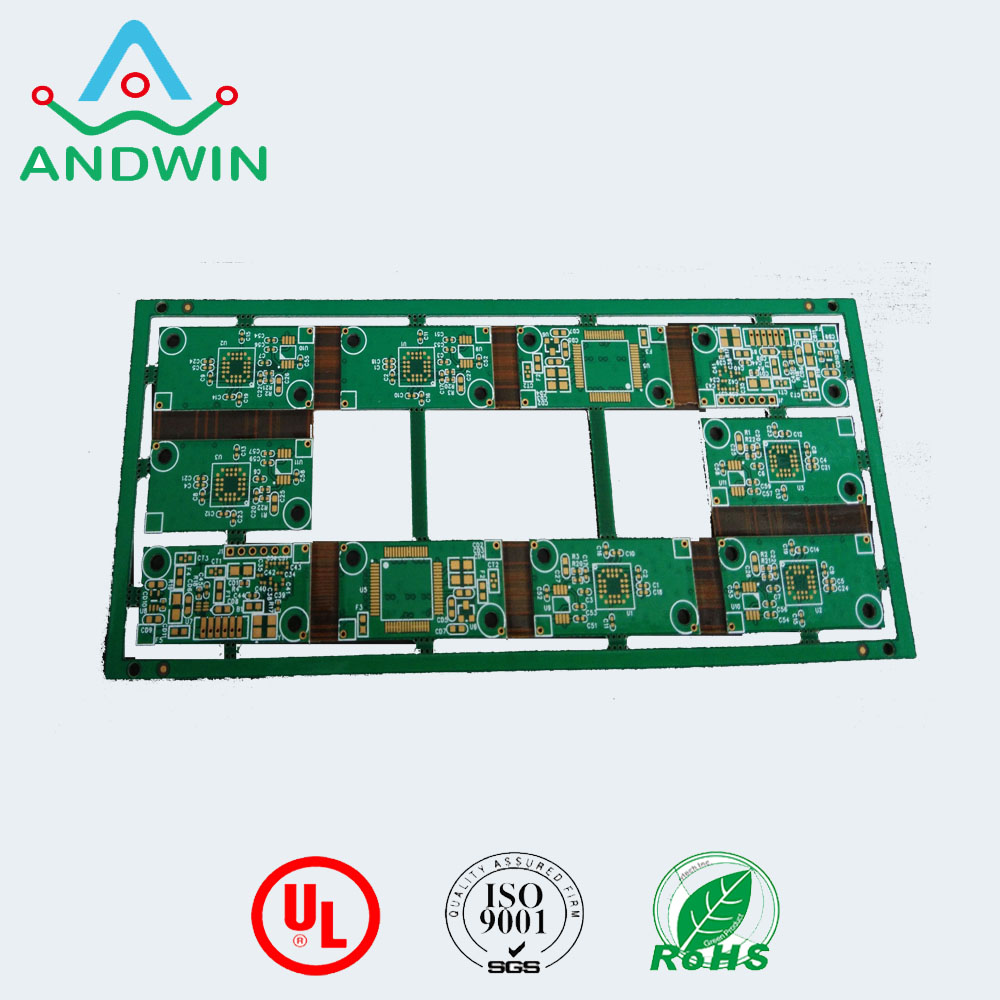
Advantages of Semi Rigid Flex PCBs
There are several advantages to using semi rigid flex PCBs in your designs. These include:
1. Space-saving design: Semi rigid flex PCBs are designed to take up less space than traditional PCBs. This is because they can be bent and twisted to fit into tight spaces, allowing for more compact designs.
2. Increased reliability: Semi rigid flex PCBs are more reliable than traditional PCBs because they are less prone to failure due to vibration, shock, and other environmental factors.
3. Improved performance: Semi rigid flex PCBs can improve the performance of your design by reducing the number of interconnects required. This can lead to faster signal transmission and improved signal integrity.
4. Cost-effective: Semi rigid flex PCBs can be more cost-effective than traditional PCBs because they require fewer components and can be manufactured using a simpler process.
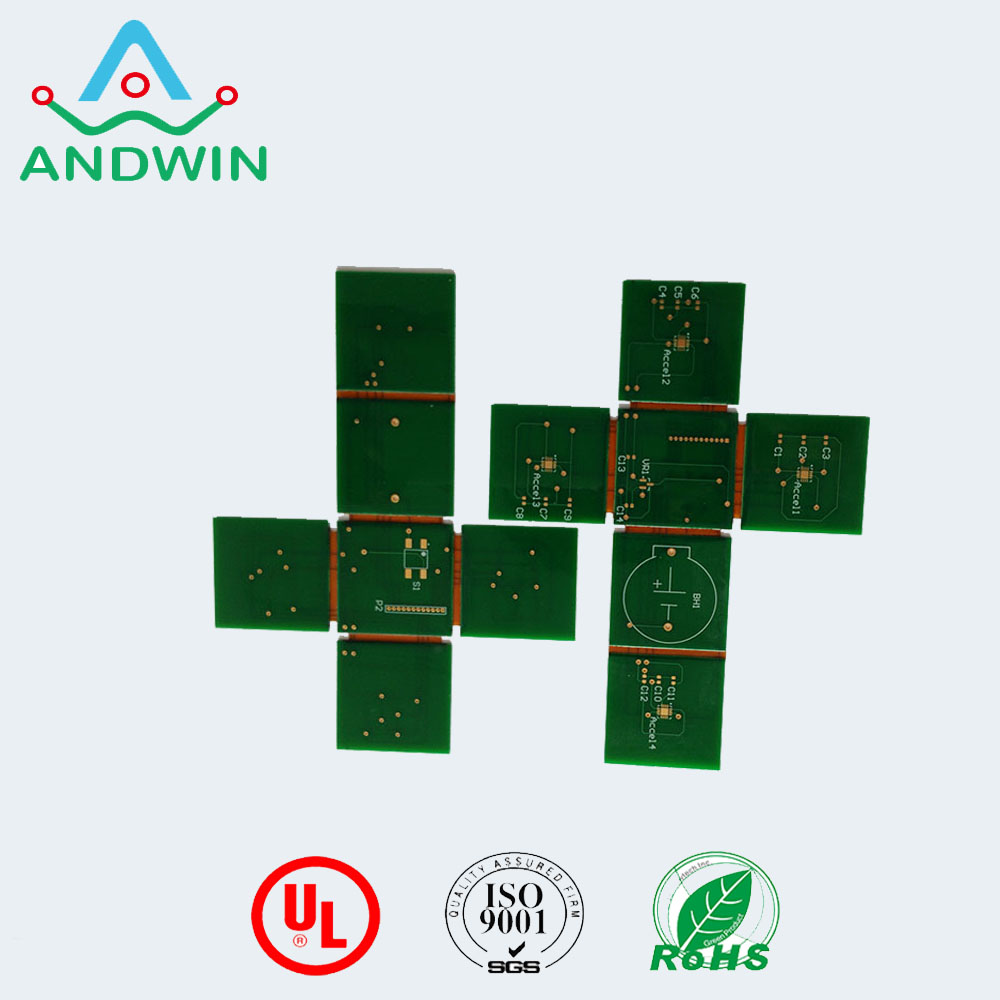
Applications of Semi Rigid Flex PCBs
Semi rigid flex PCBs are used in a wide range of applications, including:
1. Aerospace: Semi rigid flex PCBs are used in aerospace applications because they can withstand the extreme temperatures and vibrations associated with space travel.
2. Medical: Semi rigid flex PCBs are used in medical devices because they can be sterilized and are less prone to failure due to vibration and shock.
3. Military: Semi rigid flex PCBs are used in military applications because they can withstand the harsh environments associated with combat.
4. Consumer electronics: Semi rigid flex PCBs are used in consumer electronics because they can be used to create more compact and reliable designs.

Conclusion
Semi rigid flex PCBs are a versatile and reliable type of printed circuit board that can be used in a wide range of applications. They offer several advantages over traditional PCBs, including space-saving design, increased reliability, improved performance, and cost-effectiveness.
If you are looking for a flexible and rigid PCB solution for your design, consider using a semi rigid flex PCB.
Types of semi rigid flex pcb
1. Single-sided semi-rigid flex PCB:
This type of PCB has a single layer of copper on one side and a flexible substrate on the other side.
2. Double-sided semi-rigid flex PCB:
This type of PCB has copper layers on both sides of the flexible substrate.
3. Multi-layer semi-rigid flex PCB:
This type of PCB has multiple layers of copper and flexible substrate, which are stacked together to form a rigid structure.
4. Hybrid semi-rigid flex PCB:
This type of PCB combines rigid and flexible materials to create a hybrid structure that is both rigid and flexible.
5. Sculptured semi-rigid flex PCB:
This type of PCB has a three-dimensional shape that is achieved by sculpting the copper layers and flexible substrate.
6. Metal-backed semi-rigid flex PCB:
This type of PCB has a metal backing layer that provides additional rigidity and heat dissipation.
Rigid flex pcb price
The price of rigid-flex PCBs can vary depending on several factors,
including the size and complexity of the design, the number of layers, the materials used, and the quantity ordered.
Generally, rigid-flex PCBs are more expensive than traditional rigid PCBs due to the added complexity and manufacturing processes involved.
However, prices can range from a few dollars for small, simple designs to several hundred dollars for larger, more complex designs.
It is best to request a quote from a PCB manufacturer to get an accurate price for your specific project.
Other PCB products, you may interesting










